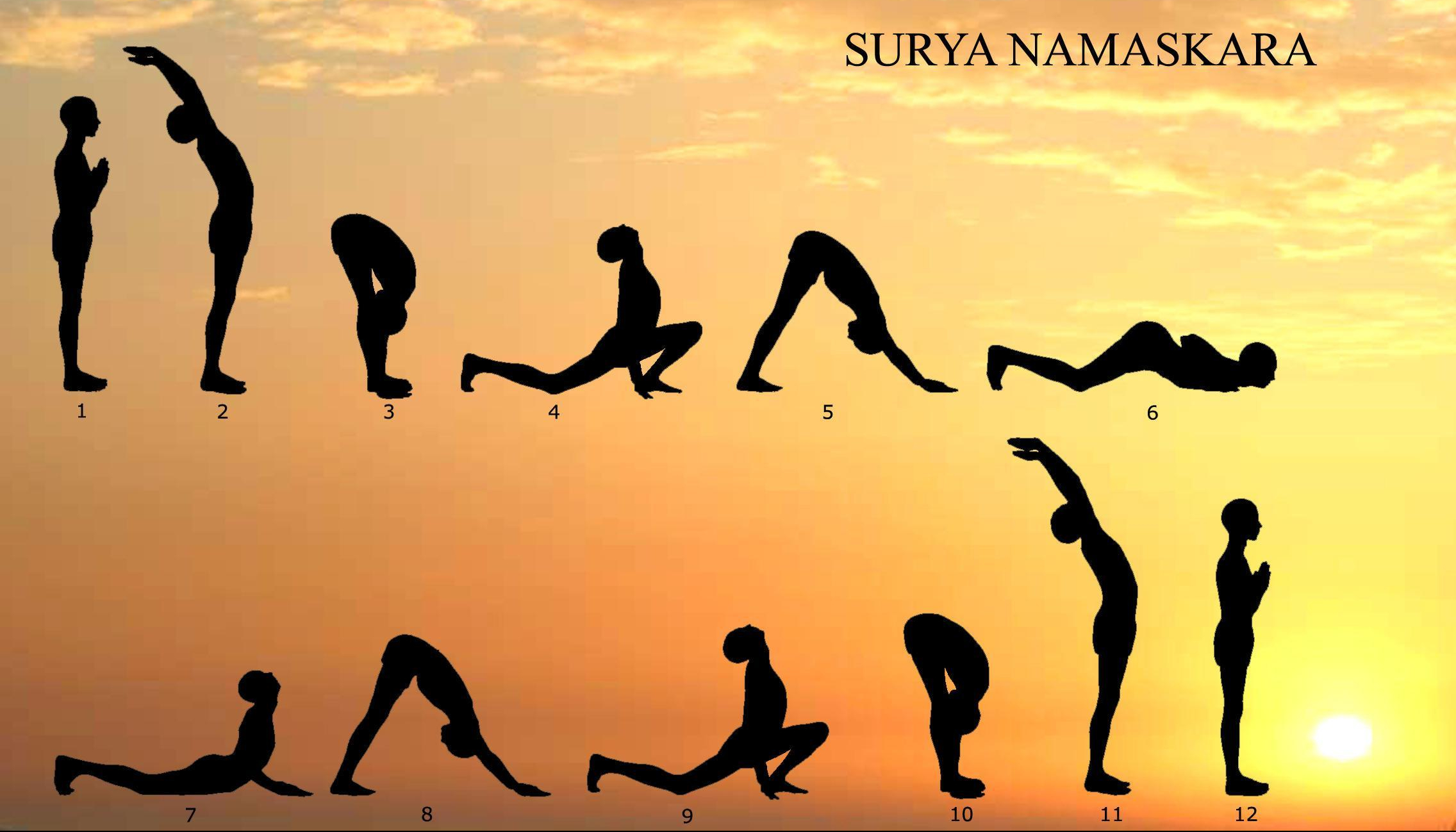Yoga is a way of life. I enjoyed (well, most of the times) practicing my Yoga Asanas and have been regular for three days a week for the past 5 years. The novice in me thought Yoga and Yoga Asanas was synonymous. I never paused to differentiate between Yoga in its entirety and Asanas being just a part of the whole. Today, I am kind of embarrassed to think that I never bothered to find out how Raja Yoga was different from Hatha Yoga, or what does Bhakti Yoga and Karma Yoga even mean. My understanding was very limited and often times I would blindly use these terminologies with no accurate knowledge whatsoever. Why did I not read up more or how could I not be curious enough to know more, are some of the disappointing questions that nag my mind today.
That Swami Vivekananda’s Raja Yoga is synonymous with Maharishi Patanjali’s Ashtanga Yoga. That Yoga Asanas and Pranayamas are just a means to the end, being two parts of Ashtanga Yoga. That the Yoga Sutras of Patanjali are considered to be the basic text for Yoga. And, so much more. All such information is open source content and freely available, yet I never thought of doing any detailed reading. Today I feel ashamed to say this, especially after being a yoga proponent to friends and acquaintances for all these years.
I can only thank my lucky stars and express my deepest gratitude to the universe for all that I have learned at the Yoga Teacher Training Program I completed at Bharat Yoga Vidya Kenda (BYVK). My eyes have opened up, though I just got to taste a drop from the mighty ocean of our ancient knowledge.
Read more on my experience of the Teacher Training HERE.
The program also busted many myths about Yoga that I was harbouring all through these years. And, it wasn’t just me, everyone in the class had their own sets of misconceptions.
Here are my personal top three Yoga Asana myths debunked:
Myth #1: I am not flexible enough even after practicing Yoga Asanas for 5 years now. Why do I struggle to get into that Asana, which seems like a breeze for others? The Truth: Flexibility has nothing to do with Yoga Asanas and it is certainly not a pre-requisite to start practicing. While flexibility will build over time, there will still be Asanas that one may not be able to do. Every individual has a different body structure, even the right and left sides of our bodies are not exactly the same. Some may get into an Asana very easily while others may struggle. Focus on yourself instead of looking at others. Make sure your alignment for every Asana is correct. Make sure you know the purpose of the Asana. Do not blindly copy others or get carried away with those perfect social media posts. Never be violent with your body.
Myth #2:I pack in as many Asanas as I can in my regular hour-long practice sessions. I incorporate the warm-ups in between the asanas and that gives me a good break too.(I never paid much attention to the warm-ups, they would just remind me of the "useless" P.T. classes at school.) The Truth: Holding an Asana is more important than doing more. It’s quality over quantity. Warm ups are critical that needs to be done in a systematic manner and in a particular series. The “Yogic Sukhsma Vyayama” has a different concept altogether and the benefits are immense. It has a very different effect on the body as compared to “Sthula Vyayama” (the PT classes in school).
Myth #3:I make it a point to practice Yoga three times a week. Often times I force myself to get onto that mat. Afterall, it’s for my body and overall wellness. The Truth:Yoga Asanas make you feel energetic. You get onto your mat not because you should but because you want to. If that doesn’t happen and you’re having to force yourself, something is going wrong somewhere. Also, it’s common practice to say something like “I do Yoga” instead of “I do Yoga Asanas”. You don’t do Yoga, it’s a way of life. You do Yoga Asanas or Pranayamas.
Yoga Asanas is just one aspect of Yoga. Making a conscious attempt to live by the principles of Yoga is what really matters. Hence, it’s rightly said that Yoga begins when you step out of your mat. The practice of Yoga influences your mind and perspectives enabling real changes in how you carry yourself through life.
I’ll end this post by stating a generic misconception – Yoga is a practice of the Hindu religion. The fact is Yoga does not belong to any religion. It did emerge from the Hindu philosophy but it’s incorrect to associate Yoga with the Hindu religion. There is no God associated with Yoga, it’s all about being aware of ourselves and connecting with ourselves. Yoga means union – the union of that which we identify as body, mind, and senses with that real self which is free from all worldly limitations. By calming down the mind, Yoga aims to awaken the real self.











